The traditional territories of the Ktunaxa people—also known as the Kootenai—was in the Rocky Mountains of Montana and British Columbia. Their hunting and gathering economy was focused on fishing, hunting (including buffalo hunts on the Great Plains to the east of the mountains), and gathering of plants for both food and fiber.
The Kootenai appear to have once lived on the Great Plains east of the Rocky Mountains and then migrated into the Plateau Culture Area. H.H. Turney-High, in his Ethnography of the Kutenai, writes:
“There is a strong tradition even at Bonner’s Ferry that the whole body of the Kutenai originated on the Great Plains and at some, to them, very ancient time gradually moved westward.”
Within the Plateau Culture area, the Tobacco Plains area of Montana is the original Kootenai homeland. Once they had a great village in this area and their oral tradition speaks of the Tobacco Plains area as where they “woke up.” One group eventually split off from the Tobacco Plains village and established a village in Fernie, British Columbia. Another band later broke up and settled in the area of Libby, Montana. From the Libby band came the people who settled around Flathead Lake in the Somers, Elmo, Dayton area.
The Ktunaxa are renown for their fine beadwork. Several examples are on display in the small museum in the Fort Steele Heritage Village in British Columbia. According to the display:
“Designs and patterns of construction were passed down from grandmother to mother to daughter. Shapes, colours, and objects portrayed in the beadwork designs can tell a story or identify the wearer in a special way. It is not unusual to be able to determine which family or individual made certain designs by their unique hereditary patterns.”
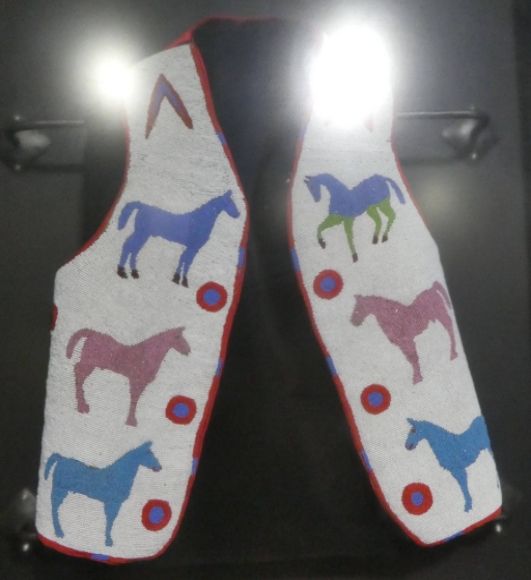
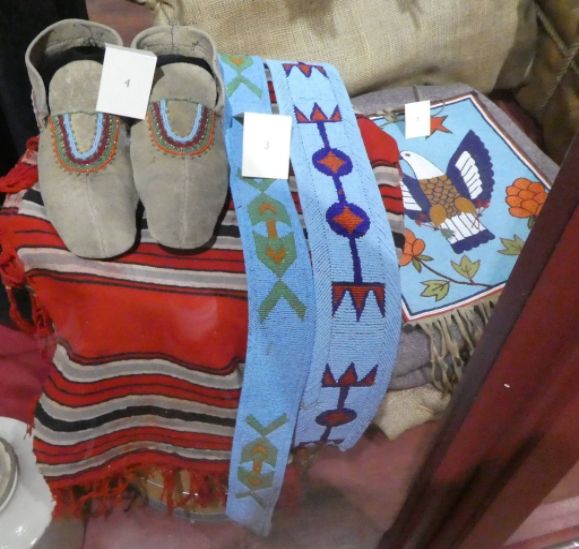
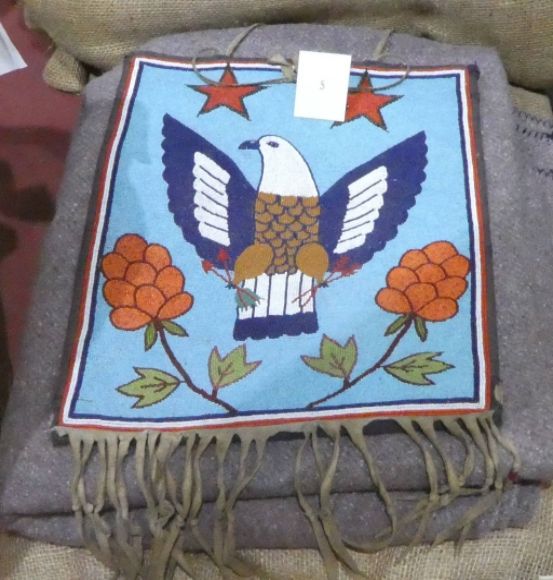
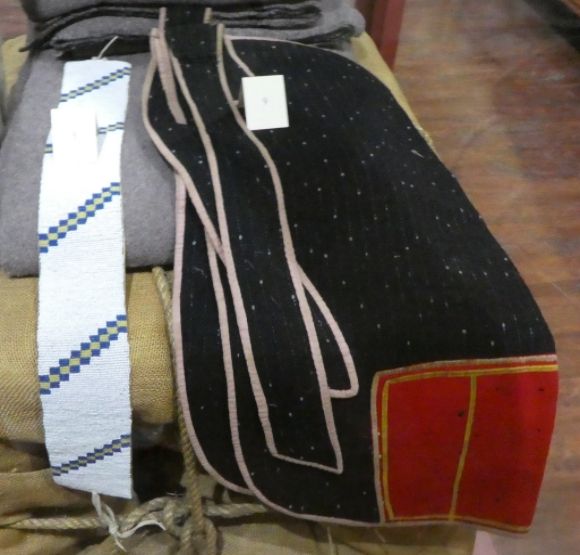
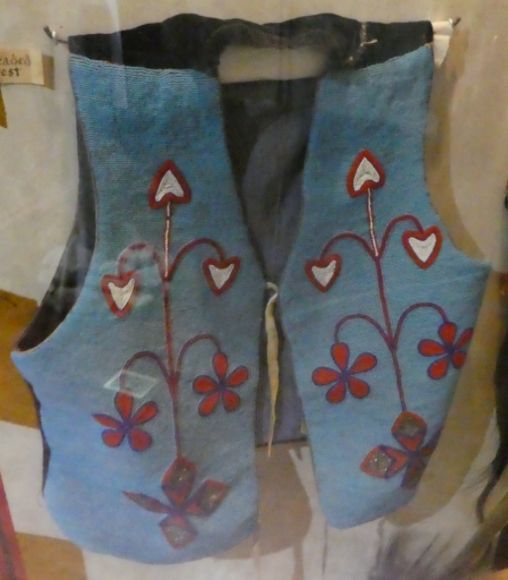
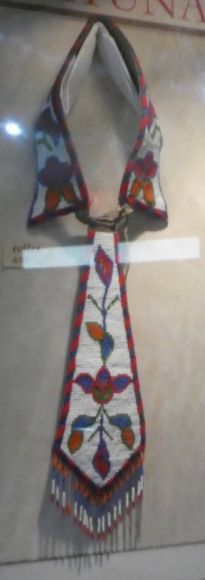
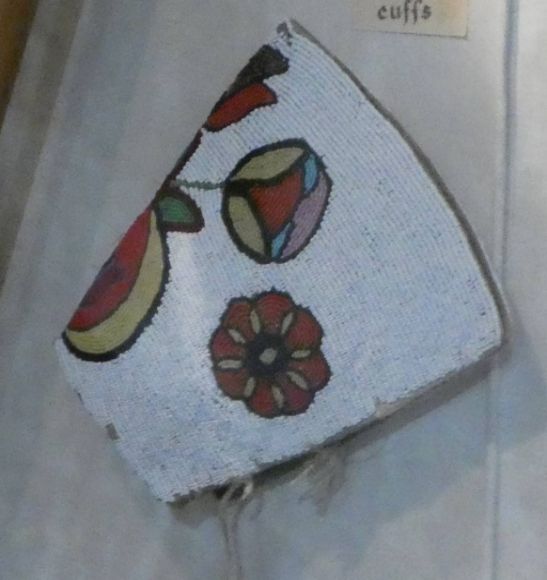
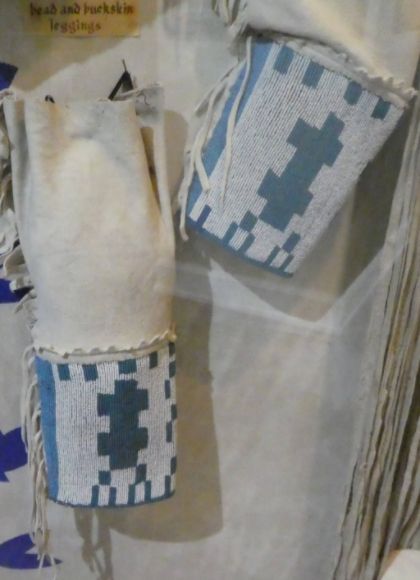
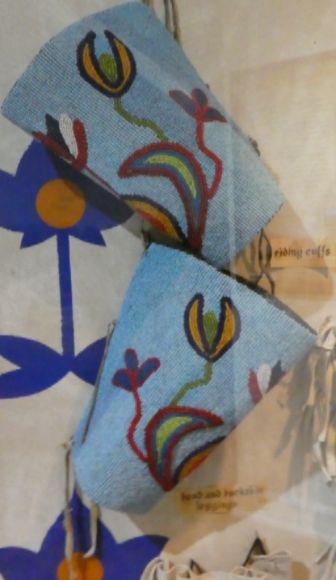
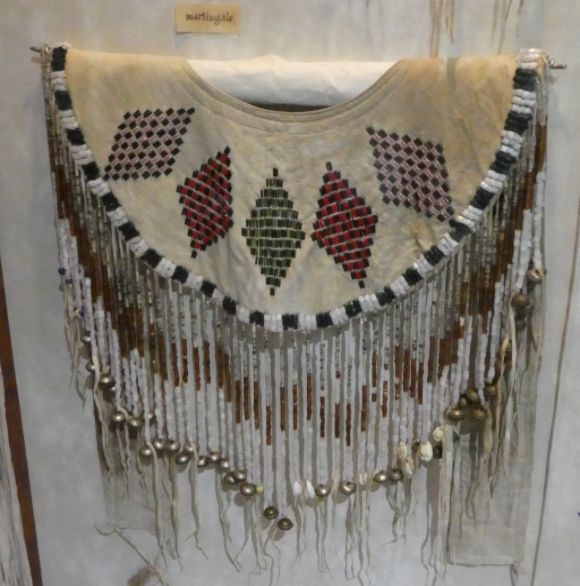
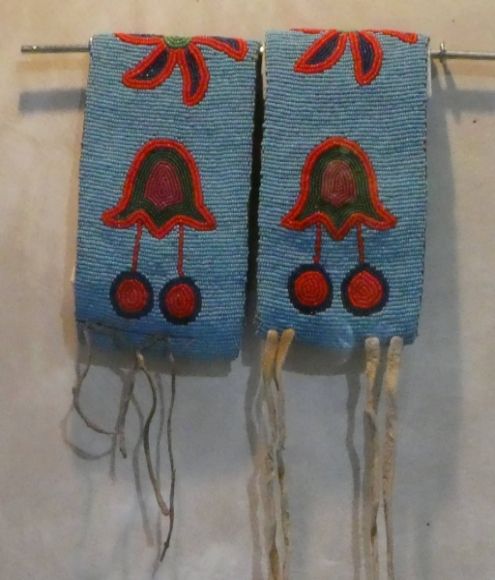
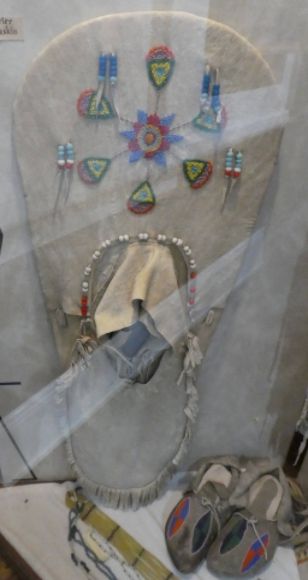
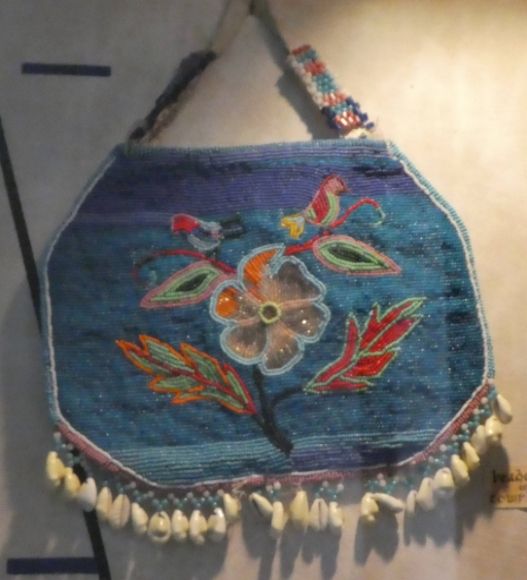
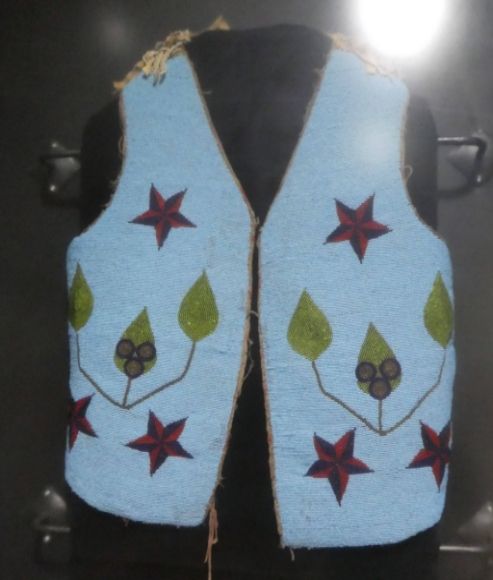
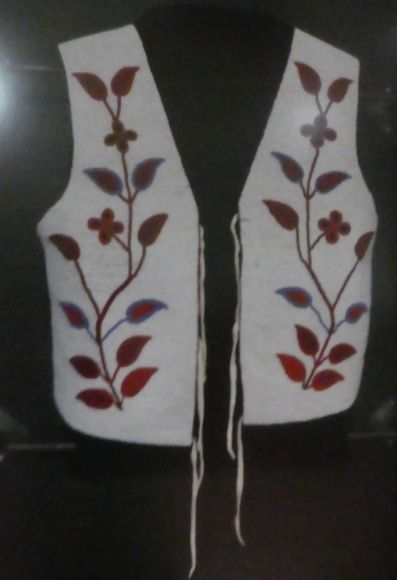
Indians 101
Indians 101 is a series exploring American Indian arts, cultures, museums, histories, biographies, and current concerns. More from this series:
Indians 101: Kootenai Origins and Spirituality
Indians 101: Kootenai Political Organization
Indians 101: Kootenai Fishing and Hunting
Indians 101: Plateau Indian Beadwork at the Maryhill Museum (Photo Diary)
Indians 101: Plateau Beadwork (Photo Diary)


